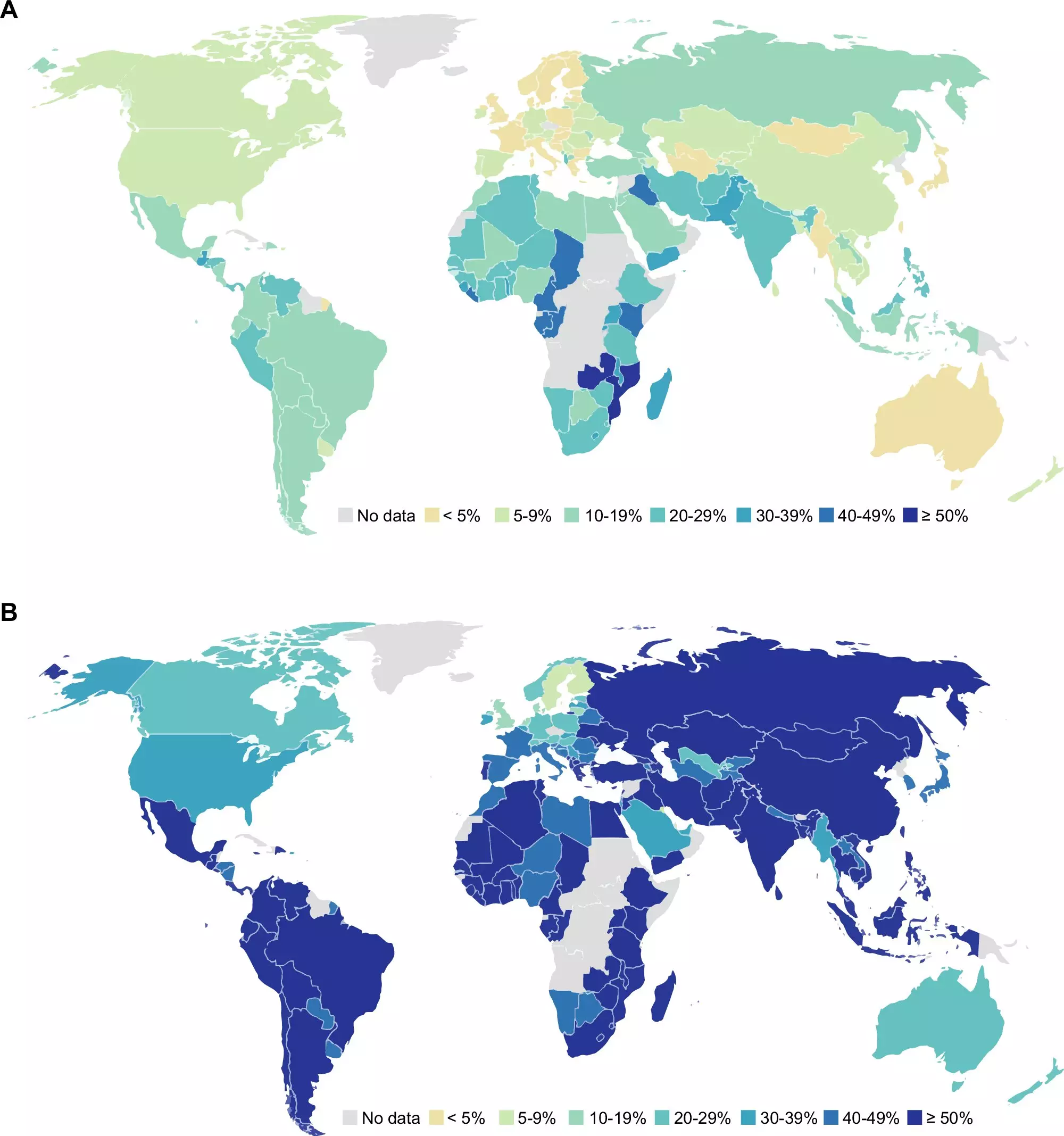Recent findings from a comprehensive study conducted by leading global health experts reveal a disconcerting trend: over 50% of adults surveyed worldwide anticipate suffering serious harm from their drinking water within the next two years. This alarming belief poses significant implications not only for personal health but also for broader public well-being and environmental sustainability. Insight into this issue comes from a study titled “Self-reported anticipated harm from drinking water across 141 countries,” published in the journal Nature Communications. Through this study, researchers sought to uncover the understanding and perception of drinking water safety among global populations, revealing that the anxiety surrounding water quality could potentially harm individuals even more than actual health threats.
Impacts on Health and Behavior
Health professionals have long endorsed the notion that perception can dictate behavior. In instances where individuals perceive their drinking water as unsafe, they often take alternative routes that may adversely affect their health. Sera Young, a scholar at Northwestern University, emphasizes this detrimental cycle: when people mistrust their tap water, they may resort to purchasing bottled water—a costly option that raises environmental concerns—or consume sugary beverages that contribute to obesity and dental issues. Furthermore, the anxiety around water quality often leads to poorer dietary choices, increased expenses at restaurants, and elevated psychological stress levels.
This concern surrounding water quality is not merely an abstract concept; it is a reality that significantly influences life’s decisions and ultimately impacts overall well-being. According to Young’s insights, the psychological burden of water insecurity often leads to mental health challenges, including heightened levels of depression and undue psychological stress.
Understanding Public Perception Across Different Regions
The study’s scope involved an analysis of nationally representative data from over 148,000 adults across 141 countries, drawing attention to stark variations in water safety perceptions. While Zambia exhibited the highest levels of anticipated harm, countries like Singapore reported significantly lower concerns. The overall mean expectation of harm stood at 52.3%, raising questions about the factors fueling these perceptions.
Interestingly, the research identified characteristic trends among those who fear anticipated harm from their drinking water. Women, individuals living in urban settings, those with higher educational attainment, and people experiencing financial difficulties showed greater susceptibility to worrying about water safety. Moreover, the strongest predictor of anticipated harm was found to be the perceived level of corruption within a country, eclipsing factors such as GDP and infrastructure.
A critical takeaway from the study is the complexity surrounding public judgment of water safety. Many individuals find themselves unable to accurately gauge the safety and hazards of their water supply due to the often invisible and tasteless nature of contaminants. Consequently, citizens frequently rely on historical experiences, media narratives, and their personal convictions to form opinions about their water quality. Young pointed out the validity of some concerns, using Flint, Michigan as a poignant example where public mistrust proved to be well-founded.
Given the pressing nature of water safety perceptions, the study’s authors propose several actionable strategies to rebuild public trust in drinking water. These proposed measures include the availability of water testing services, transparent communication regarding test results, the replacement of aging lead pipes, and the provision of home water filters when safety issues arise. By implementing these strategies, water officials can create pathways towards improved confidence among consumers regarding their drinking water sources.
The importance of fostering trust cannot be overstated; as highlighted by Aaron Salzberg from the UNC Gillings School of Global Public Health, these initiatives have the power to generate greater political interest in prioritizing safe drinking water as part of national development strategies, ultimately facilitating the objective of universal access to clean water.
In a world where water serves as one of life’s essential resources, the prevailing anxiety surrounding water safety can lead to a series of negative health and economic outcomes. The study reveals that the mere perception of risk can divert public behavior, ultimately raising costs and promoting unhealthy choices. It is imperative for policymakers, health officials, and community leaders to engage in swift, concrete measures aimed at ameliorating public concerns and building trust around drinking water. As the study illustrates, ensuring not only the safety of drinking water but also fostering belief in its safety is crucial for the health of populations worldwide. Ultimately, collective action can play a pivotal role in achieving the universal right to safe drinking water.


Leave a Reply